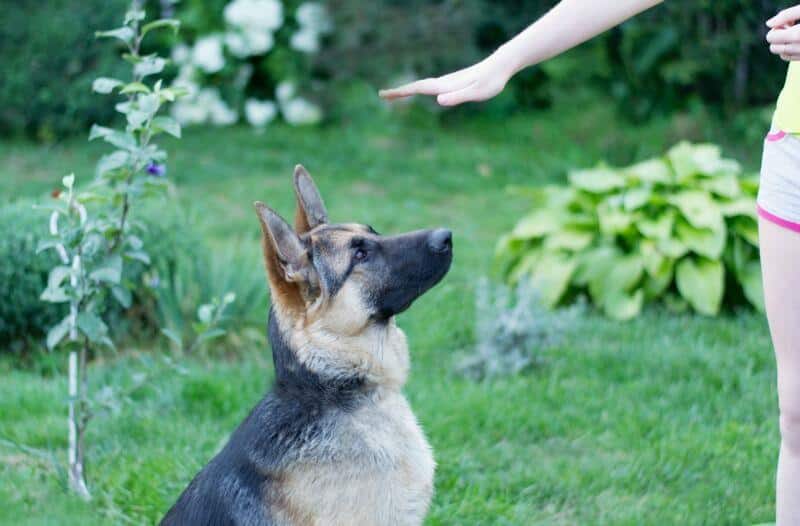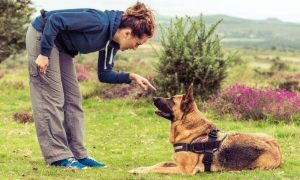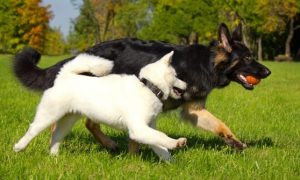Have you been putting off teaching your dog or puppy to sit because you are unsure how to train your dog? Are you worried that your dog will not respond because you have never “formally” trained a dog before? Do not put off training any longer.
Teaching your dog the “sit” command is one of the most useful, and one of the easiest commands you can teach a dog. This is one of the first commands that should be taught to a puppy. A poorly trained dog is a direct reflection on you the pet owner. An untrained dog can become a nuisance to its owner. This causes the dog and the owner to become unhappy. Whether you have a puppy or a fully grown dog you can teach them to sit with a little effort on your part.
Here are 10 useful tips to teach your dog to sit:
- You are going to need some treats. Using food as positive reinforcement is a great way to get your dog to do something you want! Use small treats that you know your dog enjoys.
- If you have a puppy or a small breed dog, get down to your dog’s level by kneeling or sitting. Standing over your dog is a form of dominance and can cause fear or anxiety in some dogs. You want your dog to obey commands because they want to please you, not because they are intimated or fearful.
- Hold the treat in your hand and let your dog sniff the treat. Do not speak. Slowly move the treat over your dog’s head forcing your dog’s head back and their chin up. This will naturally move your dog into the sitting position.
- As soon as your dog moves into the sitting position, say “sit” and reward your dog with the treat. Continue to calmly praise your dog with “good sit”, “good sit”. In the beginning stages of training, only use the sit command when your dog is actually sitting.
- It is important that your dog associates the activity of sitting with the treat, the praise, and with the desired action of sitting. Do not fumble with the treats; the treat needs to happen as your dog is sitting. Work on your timing.
- Repeat this exercise a few times a day. Keep the sessions short and upbeat. You want your dog to think that “training” is fun.
- If your dog is not very food motivated, practice before mealtimes when your dog is hungry.
- As your dog begins to understand the “sit” command gradually decrease the size of the treat. When your dog is sitting constantly, scale back on the treats. Do this by alternating between enthusiastic verbal praise and dishing out treats. Keep your dog guessing.
- Expose your dog to the “sit” command in different environments and new situations. Practice “sitting” around people, other dogs, at the park, when the doorbell rings, etc. When practicing in new environments or situations go back to basics and use a lot of treats along with verbal reinforcement. Scale back on the treats as your dog’s confidence grows.
- Be sure that you end each training session on a positive note.
Some dogs do not respond well to food. If this is your dog, you need to adjust your training tactics. What makes your dog tick? Is it a particular toy? Find a toy that your dog loves. Put the toy away and bring it out only for training purposes. Implement the toy in your training instead of food.
Once you have mastered the ‘sit’ command you are ready to conquer other basic commands such as “down”, “heel”, and “stay”. Continue to use positive reinforcement and never express anger towards your dog’s reaction to a command. Training is a learning process for both you and your dog. Be consistent but be patient. We all learn new things at our own pace and this includes dogs.
Teaching your dog to sit using positive reinforcement techniques will build trust and strengthen the bond between you. Dog training is an ongoing process. Dogs are better adjusted and happier when they are trained. Your dog by nature wants to please you. Do your part and start teaching your dog or puppy to sit today!























